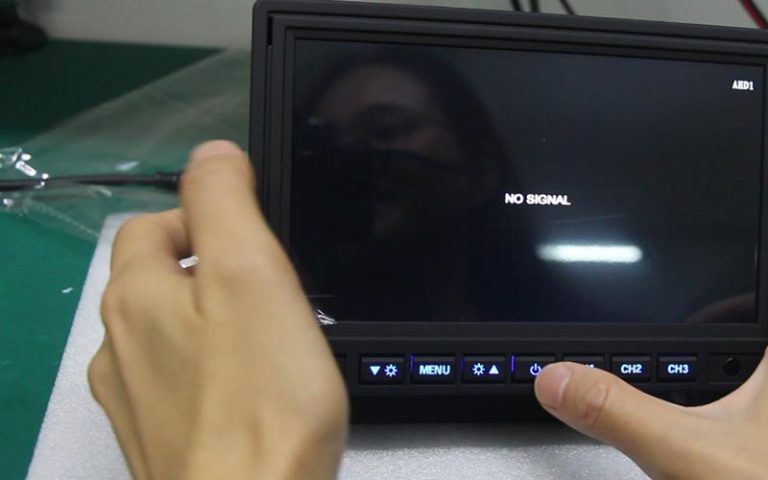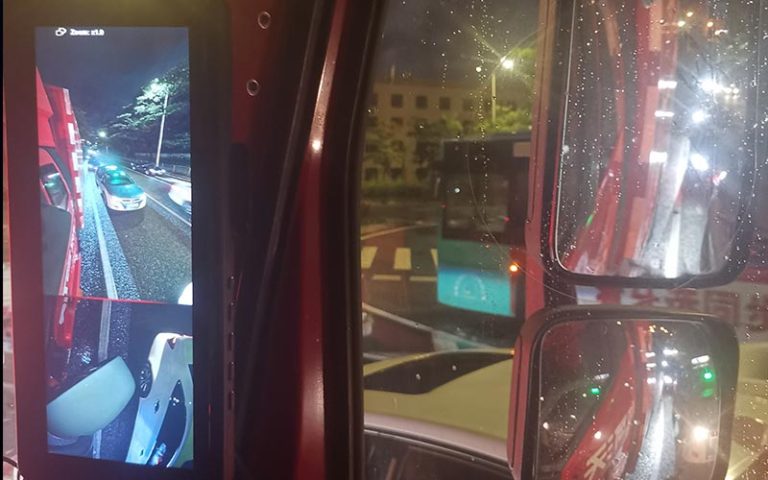
Large vehicles on the road, such as trucks, buses and vans, play an important role in the transportation of goods and passengers. However, these behemoths also present a risk factor that cannot be ignored: the blind spot. The blind zone areas of large vehicles are often the source of traffic accidents and pose a potential threat to road safety. This article will explore the large vehicle blind spot caused by traffic accidents, with the help of relevant authoritative data, in order to unfold the thinking, a profound understanding and response to this problem.
Table of Contents
The complexity of the blind spot
First of all, let us understand the concept of the blind spot. Blind spot is a large vehicle drivers can not directly observe the area, these areas are usually located in front of the vehicle, rear and side. The size and construction of large vehicles prevent them from seeing other road users in these areas, which creates a potential for traffic accidents. According to the National Transportation Safety Administration (NHTSA), the blind spots of large vehicles typically include the following areas:
- Areas directly in front of the driver.
- Areas directly behind the driver.
- The area to the left of the driver.
- The area to the right of the driver.
- The area directly underneath the vehicle.
Accidents caused by blind spots
Data shows that blind spots in large vehicles are a common cause of traffic accidents. Blind zone accidents typically include the following situations:
- A pedestrian or bicyclist is struck in front or to the side of a large vehicle.
- A small car attempts to cross a large vehicle’s blind spot, resulting in a side collision.
- A large vehicle fails to notice a small vehicle in the rear, resulting in a rear-end collision.
Data and Trends in Blind Zone Crashes
According to the National Highway Traffic Safety Administration (NHTSA), there are thousands of blind spot accidents each year, many of which result in serious injuries and fatalities. However, the problem is not limited to the United States; similar situations exist globally. As urbanization and road congestion increase, the number of large vehicles is also rapidly growing, further increasing the risk of blind spot accidents.
How to Deal with Accidents Caused by Blind Spots ?
There are a number of comprehensive measures that can be taken to reduce the number of accidents caused by blind spots in large vehicles:
Intelligent assistance systems: Large vehicles can be equipped with advanced technologies such as Blind Spot Detection Systems , Rear/Side View Backup Cameras , radar and sensors to help drivers detect potential hazards in their blind spots.
Education and Awareness Raising: Educate road users, especially bicyclists and pedestrians, about the blind spots of large vehicles and teach them to avoid walking or riding in these areas.
Compliant Driving: Drivers of large vehicles should strictly follow traffic rules and regulations and keep their vehicles in good condition to reduce the risk of blind spot accidents.
Transportation planning: urban planners and road designers can consider introducing more safety features into the roadways such as sidewalks, bike lanes, and traffic signals to reduce the likelihood of blind spot accidents.
The issue of blind spots in large vehicles is a complex and serious traffic safety challenge, but through data, smart technology, education, and compliant driving, we can reduce the risk of accidents caused by blind spots and protect the lives and safety of road users. Understanding the existence of blind spots and taking the appropriate measures is key to ensuring road safety and is everyone’s responsibility. Only by working together can we reduce the number of accidents caused by large vehicle blind spots, create a safer road environment, and ensure that everyone can get home safely. Hopefully this article will help raise awareness of the blind spot problem and encourage positive action to tackle this potential hazard.




